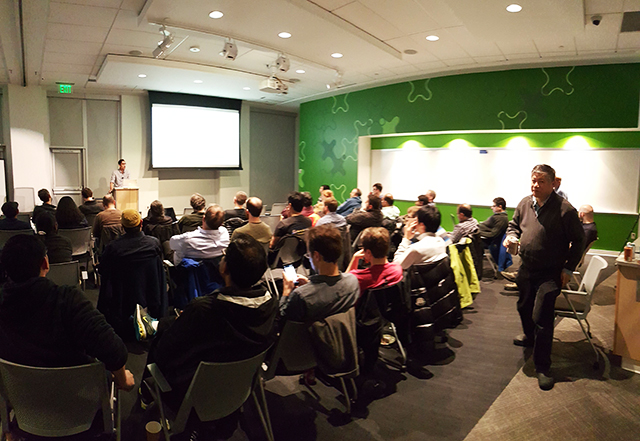Diving into the TensorFlow Code

Below are the videos from the TensorFlow Seattle meetup—sponsored and organized by Altoros on January 21, 2016.
An overview of TensorFlow
In this session, Akshay Srivatsan of Bloomberg LP provides an overview of TensorFlow, speaking of its mechanics and taking a glimpse at TensorBoard. He also mentions the likely scenarios of TensorFlow evolution.
Dive into the TensorFlow code
In the second part of the session, Akshay demonstrates the actual TensorFlow code, diving into its variables, placeholders, cost values, etc. In addition, he talks about Deep Q-Learner that showcases the potential of what can be built with TensorFlow.
Fireside chat
Watch this video to find out:
- How long does it take to become productive with TensorFlow vs. other frameworks?
- What are the alternatives?
- What are the uses case that TensorFlow can be applied to?
- What change is needed to make tools like TensorFlow accessible to anyone (in terms of organizations, toolsets, education, etc.)?
Join our group to stay updated with information on the next meetups!
Further reading
- TensorFlow in Action: TensorBoard, Training a Model, and Deep Q-learning
- Visualizing TensorFlow Graphs with TensorBoard
- Performance of DL Frameworks: Caffe, Deeplearning4j, TensorFlow, Theano, and Torch






